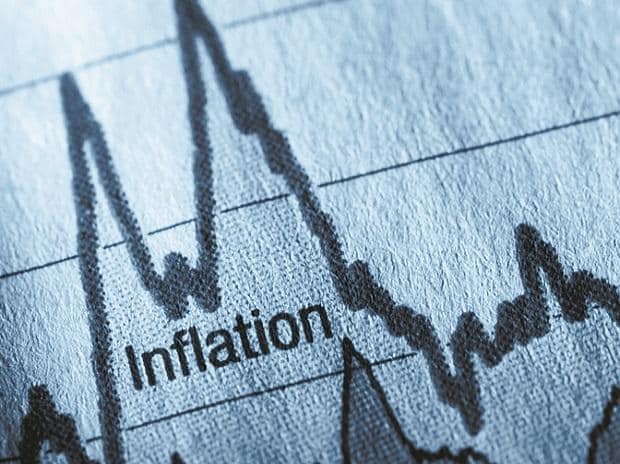OECD CPI falls to 7.7% in March 2023, as energy inflation continues to drop
Annual inflation in the OECD, as measured by the Consumer Price Index (CPI), fell to 7.7 percent in March 2023, down from 8.8 percent in February 2023 and from a peak of 10.7 percent in October 2022.
Returning to its level in February 2022, the decline in inflation was broad-based, with inflation between February and March 2023 moderate in 34 of the 38 Organization for Economic Co-operation and Development (OECD) countries.
On the low end, Japan, Luxembourg, Spain and Switzerland have inflation rates below 4 percent, while Hungary and Turkey still have inflation above 20 percent.
Energy inflation in the Organization for Economic Cooperation and Development fell sharply to 1.3 percent in March 2023, down from 11.9 percent in February. This decline largely reflects the strong increase in the energy consumer price index in March 2022 (ie, the base effect).
Energy inflation declined in 36 of the 38 OECD countries, and was negative in 13 countries year on year. However, this story was not universal, as energy inflation remained above 20 percent in six countries.
Meanwhile, food price inflation in OECD countries eased for the fourth month in a row, dropping to 14.0 percent from 14.9 percent in February. Inflation in the Organization for Economic Co-operation and Development minus food and energy remained broadly stable at 7.2 percent.
Year-on-year inflation in the G7 slowed to 5.4 percent in March 2023, down from 6.4 percent in February, with a broad-based decline across all seven countries. Italy recorded the largest decline, reflecting a sharp decline in energy inflation.
In Canada, Japan and the United States, negative contributions from energy prices helped tame headline inflation.
Food and energy inflation remained the main contributors to headline inflation in Italy, while inflation excluding food and energy was the main driver in Canada, Germany, the United Kingdom and the United States. In France and Japan, both components contributed roughly equally to headline inflation.
In the eurozone, the year-on-year inflation rate, according to the Harmonized Index of Consumer Prices (HICP), fell to 6.9 percent in March 2023, from 8.5 percent in February.
Energy prices fell 0.9 percentage points in March. Food-minus inflation and food-minus-energy inflation both increased slightly.
Eurostat’s April 2023 flash estimate points to a slight increase in inflation year-on-year in the euro area, to 7.0 percent, as the estimated rise in energy inflation was partially offset by a slight decrease in inflation minus food and energy.
In the G20, the year-on-year inflation rate fell to 6.9 percent in March 2023, from 8.0 percent in February. Outside the OECD, inflation has fallen in Brazil, China, India, Indonesia and Saudi Arabia, but has risen in Argentina. It was widely settled in South Africa.
(Only the title and image for this report may have been reworked by the Business Standard staff; the rest of the content is generated automatically from a shared feed.)
